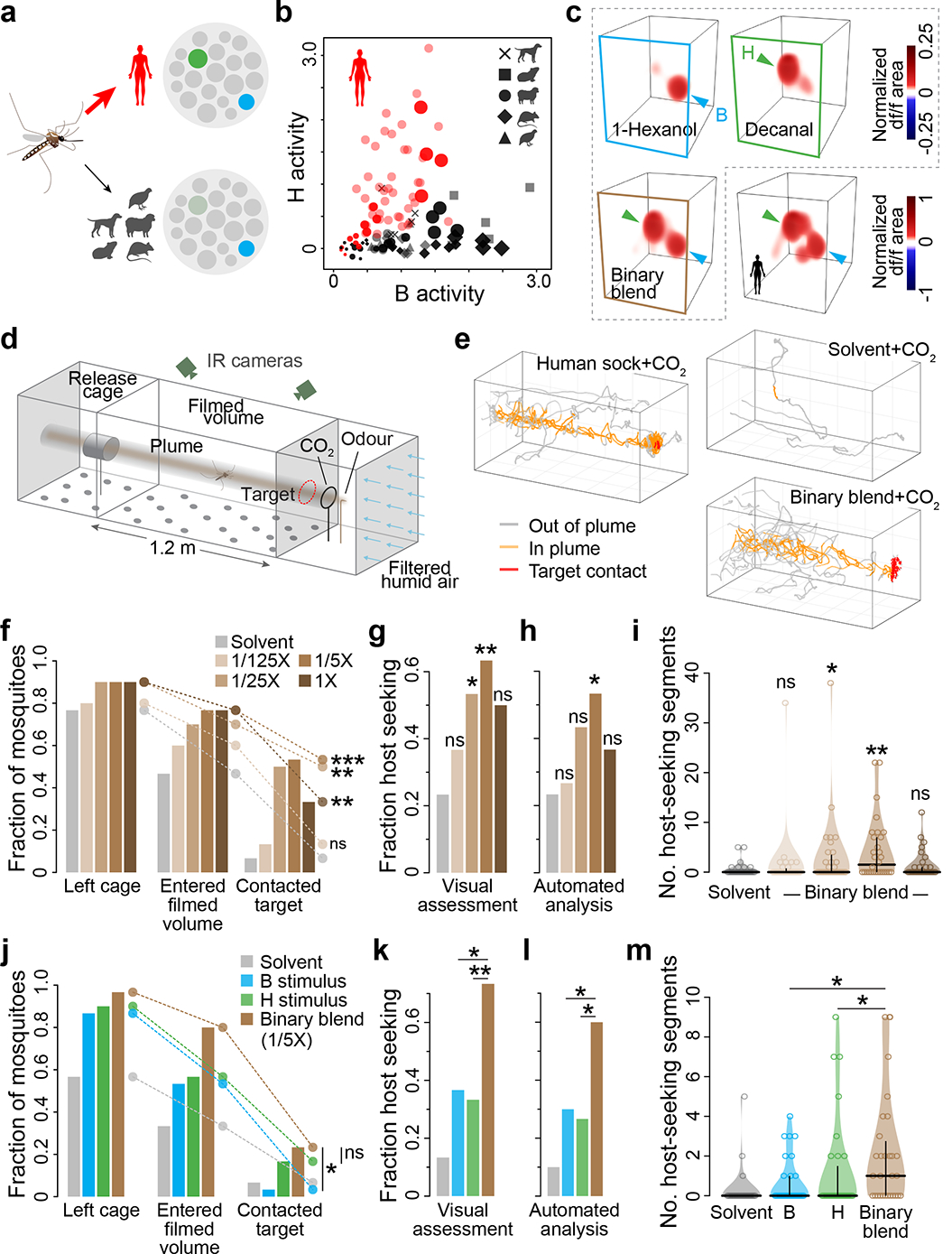Fig. 6 |. Activation of H enhances host-seeking behaviour.

a, Human and animal odour can be reliably separated by a simple neural code, wherein animal odour strongly activates B, but human odour strongly activates both B and H. b, Single-trial data from the blend-imaging experiments (Fig. 3) illustrating separation of human and animal odour based on signalling in B and H. Darker symbols, variable doses (Fig. 3e); lighter symbols, 1X dose (Fig. 3h); c, Neural responses to 1-hexanol, decanal and their binary mixture at concentrations calibrated to activate B and H glomeruli at approximately equal levels, as does odour from a representative human. d, Wind-tunnel flight arena. e, Example single-mosquito flight trajectories. f–m, Response of female mosquitoes to increasing concentrations of the binary blend (f–i) or the 1/5X binary blend and its individual components (j–m). Responses quantified as fraction mosquitoes reaching various positions within the wind-tunnel (f,j), fraction showing at least a single bout of host-seeking flight according to a human observer (g,k) or an automated analysis (h,l; see Methods, Extended Data Fig. 8), and the number of 10-second segments during which each mosquito showed host-seeking flight per the automated analysis (i,m; horizontal/vertical lines show median/quartiles). Survival analysis (f,j), chi-square (g,h,k,l), and Mann-Whitney (i,m) tests compare binary blend to solvent (f–i) or binary blend to each individual component (j–m). n=30 mosquitoes/treatment. *, P<0.05; **, P<0.01; ***, P<0.001.
